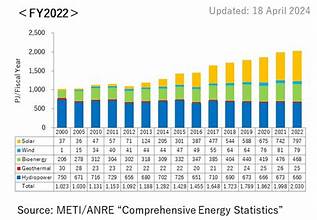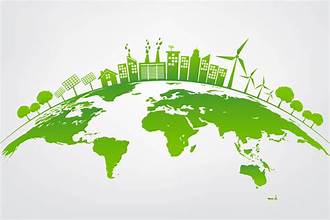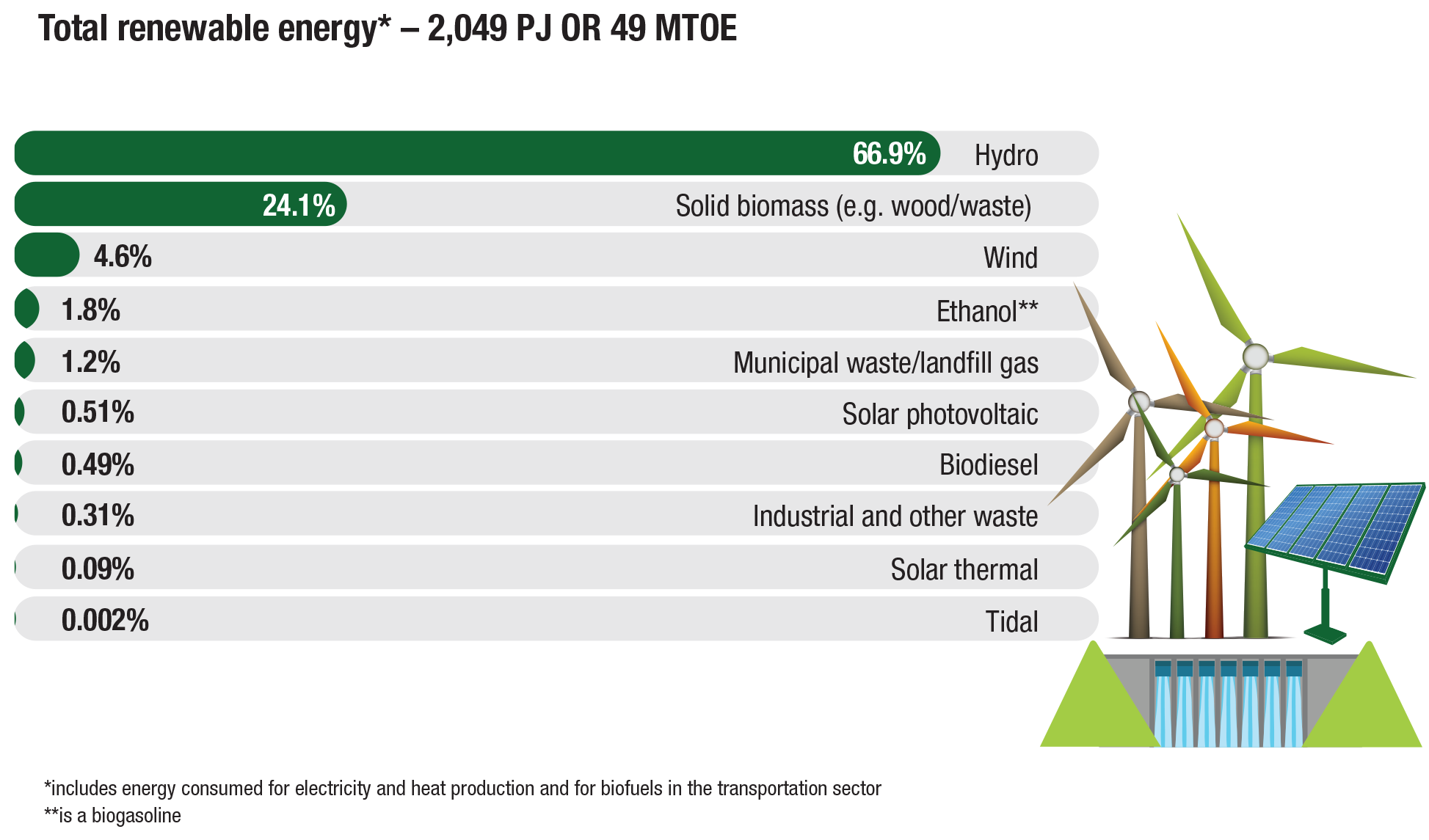
Introduction
As we advance into 2024, the global energy market is witnessing a significant transformation driven by renewable energy sources. These sources are not only reshaping energy production but are also influencing economic, environmental, and technological landscapes worldwide. This article delves into how renewable energy sources are shaping the global energy market this year, highlighting key trends, impacts, and future prospects.
The Surge in Renewable Energy Adoption
In 2024, renewable energy sources such as solar, wind, hydro, and geothermal power have become central to energy strategies across the globe. The surge in adoption can be attributed to several factors:
- Technological Advancements: Significant improvements in renewable energy technologies have made them more efficient and cost-effective. Solar panels, for instance, have seen increased efficiency due to innovations in photovoltaic cells. Similarly, wind turbines are now more robust and capable of generating energy at lower wind speeds.
- Cost Reduction: The cost of renewable energy has dramatically decreased over the past decade. According to the International Renewable Energy Agency (IRENA), the cost of solar and wind energy has dropped by 80% and 60%, respectively, making them competitive with, and often cheaper than, traditional fossil fuels.
- Government Policies and Incentives: Governments worldwide are implementing policies and incentives to promote renewable energy. Tax credits, subsidies, and renewable energy mandates are encouraging businesses and consumers to invest in cleaner energy sources.
Impact on the Global Energy Market
1. Diversification of Energy Sources
Renewable energy sources are contributing to the diversification of the global energy mix. Historically dominated by fossil fuels, the energy market is now incorporating a broader range of energy sources. This diversification enhances energy security by reducing dependence on any single source of energy and mitigating the risks associated with fossil fuel supply disruptions.
2. Economic Implications
The shift towards renewable energy is also reshaping economic dynamics:
- Job Creation: The renewable energy sector has become a major job creator. According to the International Labour Organization (ILO), jobs in renewable energy sectors have grown significantly, providing employment opportunities in manufacturing, installation, and maintenance.
- Investment Opportunities: Renewable energy projects are attracting substantial investments. In 2024, investment in renewable energy infrastructure is expected to surpass $500 billion globally, driven by both private and public sector funding.
- Energy Prices: As renewable energy sources become more prevalent, energy prices are becoming more stable. Unlike fossil fuels, which are subject to volatile market prices, renewables provide a more predictable and stable pricing structure.
3. Environmental Benefits
The environmental impact of renewable energy sources is one of their most significant advantages:
- Reduction in Greenhouse Gas Emissions: Renewable energy sources produce little to no greenhouse gas emissions. The transition to renewables is crucial in combating climate change and reducing the global carbon footprint.
- Conservation of Natural Resources: Unlike fossil fuels, renewable energy sources do not deplete natural resources. This contributes to long-term environmental sustainability and reduces the ecological impact of energy production.
Technological Innovations Driving Growth
Several technological innovations are driving the growth of renewable energy sources:
- Energy Storage Solutions: Advances in battery storage technologies are addressing the intermittent nature of renewable energy sources. High-capacity batteries and other storage solutions are enabling better energy management and reliability.
- Smart Grids: The development of smart grid technologies is enhancing the efficiency and reliability of energy distribution. Smart grids can integrate various renewable energy sources and manage energy flow more effectively.
- Floating Solar Panels: Floating solar farms are gaining traction as they can be installed on bodies of water, reducing land use and providing cooling benefits that enhance panel efficiency.
Future Prospects
Looking ahead, several trends are expected to shape the renewable energy landscape:
- Increased Decentralization: The rise of decentralized energy systems, such as rooftop solar panels and local wind farms, will empower consumers to generate their own energy and reduce reliance on centralized power grids.
- Global Cooperation: International collaboration will play a crucial role in advancing renewable energy technologies and addressing global energy challenges. Partnerships between countries and organizations will drive innovation and facilitate the global transition to sustainable energy.
- Emerging Technologies: Innovations such as hydrogen fuel cells and advanced geothermal systems will further diversify the renewable energy portfolio and provide new avenues for clean energy development.
Conclusion
In 2024, renewable energy sources are profoundly shaping the global energy market, driving economic growth, enhancing environmental sustainability, and fostering technological advancements. As these trends continue, the global transition to renewable energy will play a pivotal role in creating a more sustainable and resilient energy future. Embracing and investing in renewable energy technologies will be crucial for addressing the challenges of climate change and achieving long-term energy security.









